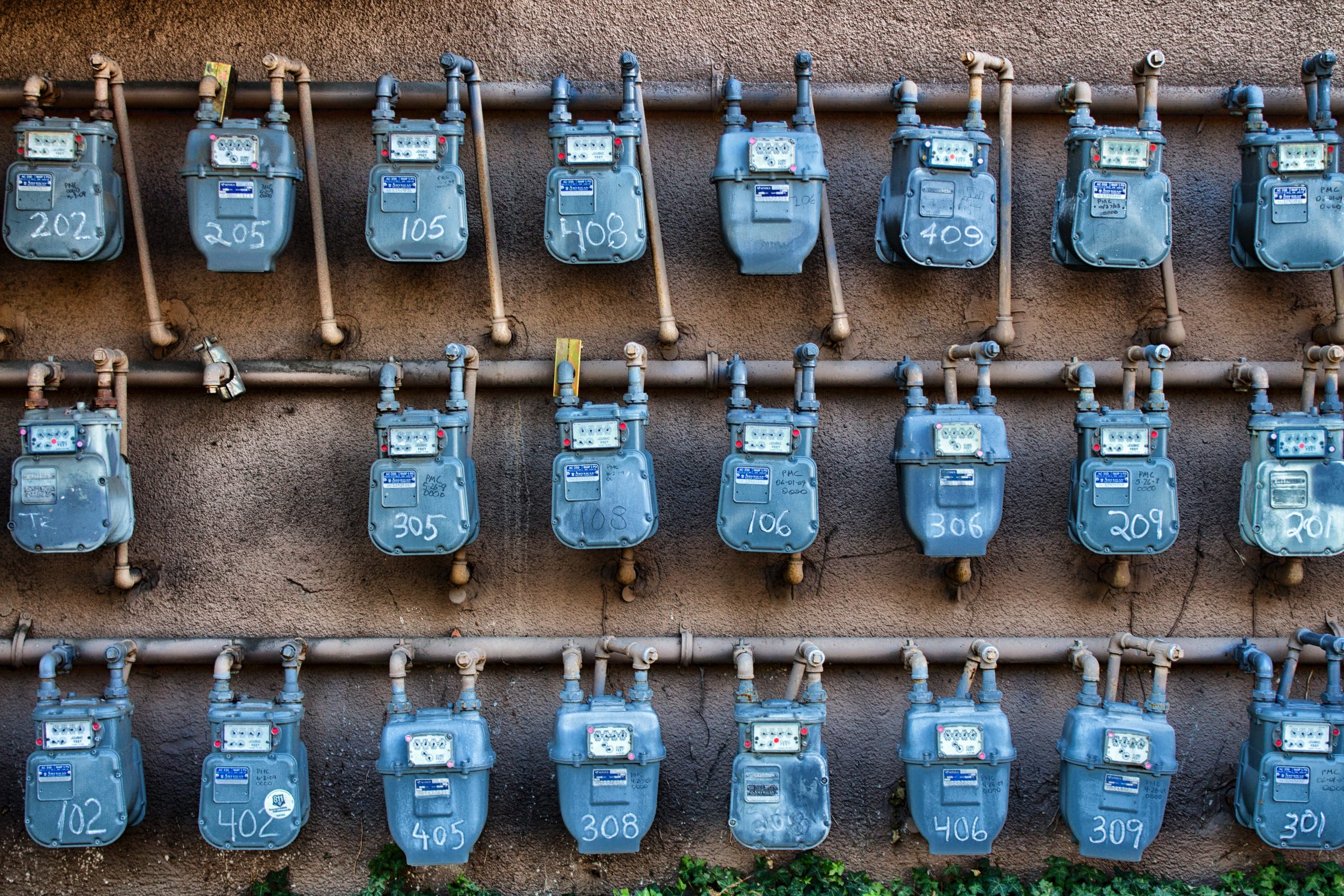
The effects of disruptive scenarios in basic supplies consumptions
By: Catalonian Energy Research Center, Elisenda Clèries, Soledad Ibañez Iralde, Jordi Pascual, Daniel Sánchez, Jose Luis Dominguez
In this day and age, hearing the word pandemic can immediately bring words such as isolation, confinement, restrictions into our minds. The COVID-19 pandemic has profoundly affected all areas of our lives, changing our behaviours, our way of understanding mobility, and modifying the ways we conduct our work. Likewise, the restrictions imposed during and after the pandemic have also impacted household habits modifying energy consumption in residential buildings, but not only. These behaviour changes have raised the question of how domestic water and electricity consumption has changed during 2020, to learn about how to adapt to next-future disruptive scenarios, as the ones pointed due to climate change.
Many efforts have been made to analyse the impact of the pandemic. One initiative was launched in 2021. The ComMit-20 project coordinated by Jaume Salom from IREC – Catalonian Energy Research Centre aims to establish the long-term and short-term impacts of the COVID-19 pandemic over energy consumption, usage patterns, and higher indoor environmental quality requirements in buildings. The project aims to propose oriented adaptive measures, policies, and recommendations to increase the resilience of buildings and urban communities by integrating newfound requirements in design, energy planning tools, and energy management systems.
The first analysis conducted on Catalan households within the project shows that domestic water consumption has increased by 5% on average. The most significant differences with data from previous years of water consumption in all the municipalities studied were displayed from March to the end of June 2020, with an estimated domestic increase between 10% and 15% in the same period. Consumption levels were even more altered during the lockdown, showing the most extensive variations after two weeks of adopting the restriction.
Regarding to the electricity sector, the analysis of Catalan electricity data also showed that energy consumption patterns were altered during the lockdown, both during weekdays and on weekends. Patterns began to regulate during July 2020, when measures became more flexible; however, data showed a clear overall decline in electricity consumption during 2020, even more, accentuated in industry and services. However, during the lockdown and even after the relaxation of restriction, the change in work modalities and the vast implementation of teleworking have increased household energy consumption. This reality brings one again residential buildings to the centre of attention. Thus, it seems to be fundamental to establish measures and financing mechanisms to easily modify the different involved sectors to be able to adapt to next-future potential disruptive scenarios; in the case of the building sector, to promote integral residential retrofitting not only to fight climate change but to integrate the new requirements in the household conditions.
In addition to retrofitting measures, it’s important to highlight the key role of power grids in the energy distribution task. To be able to withstand high-impact-low-probability (HILP) events and adapt to a decarbonized future outlook, is necessary to consider the inclusion of a great number of Renewable Energy Sources and resilience adaptation and mitigation measures. Thus, in the frame of the COMMIT-20 project, a renewable energy prioritization system is being evaluated for Barcelona city, considering climate change extreme events and socio-economic data altogether, leading to the generation of climate change city adaptation measures.
In line with all of the above, the objective of LOCALISED project is to provide useful tools to local authorities, citizens and businesses, in a way that would speed up the uptake of mitigation and adaptation actions and the possible decarbonisation pathways for 2030 and 2050.
(Photo by Jason Richard on Unsplash)

Recent Comments